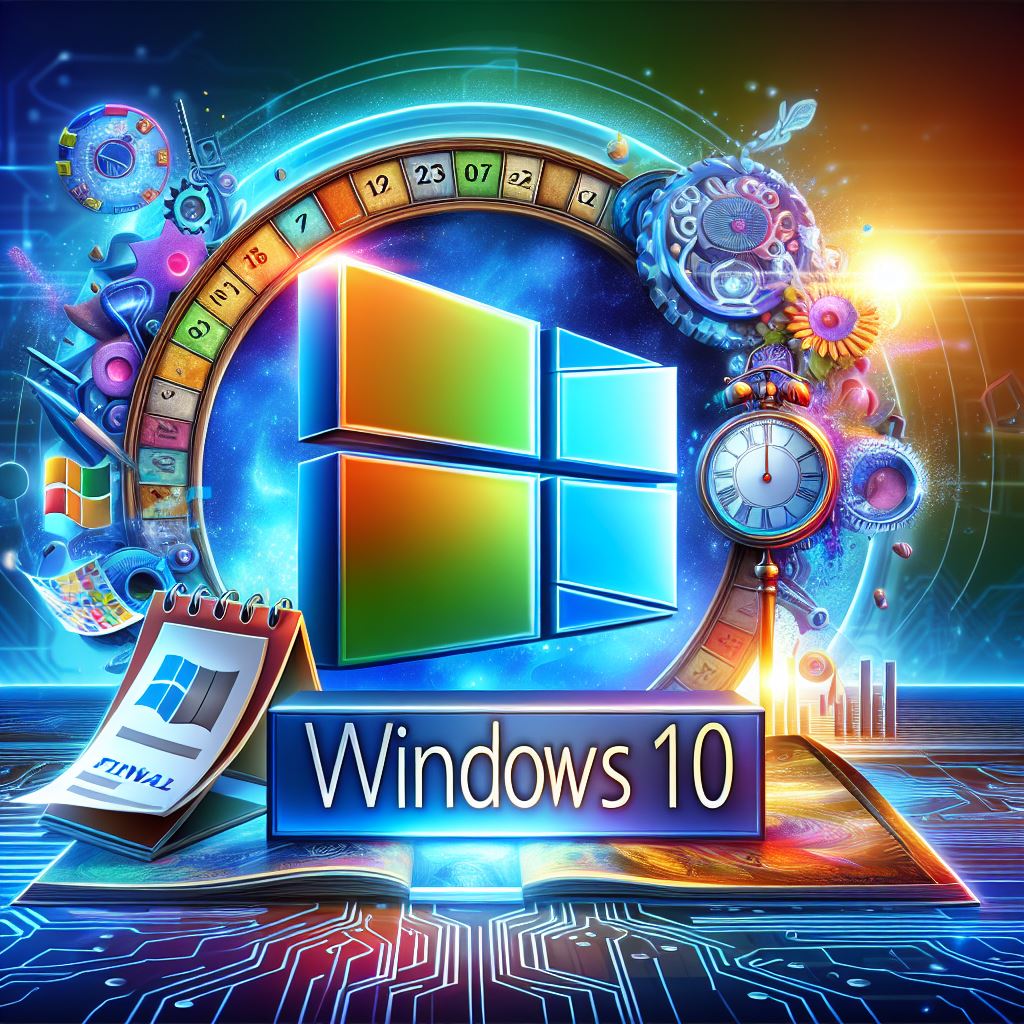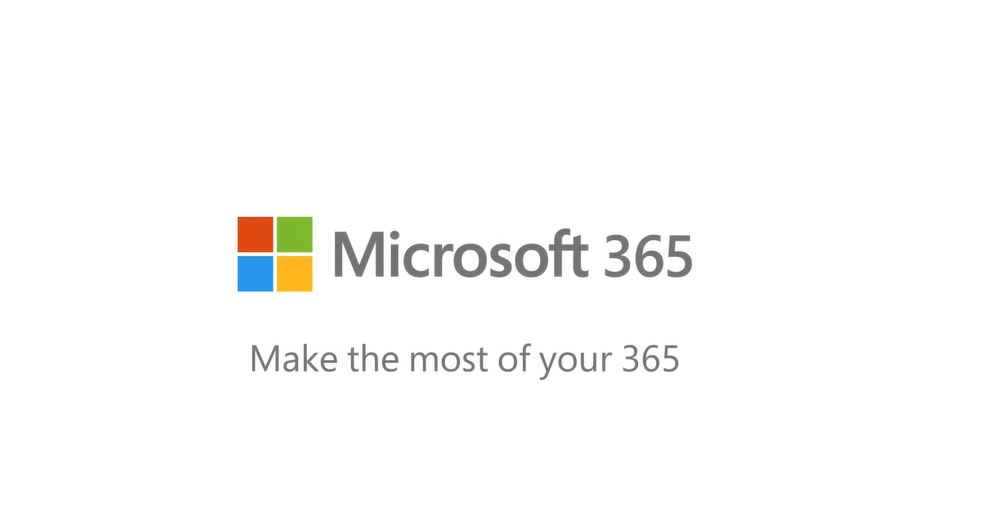Every business in today’s modern world depends on advanced technology for day-to-day operations. Although businesses rely on IT systems more than ever, cybersecurity still gets overlooked within organisations. IT security risk assessments are crucial for businesses as they help identify and understand IT security threats so that they can begin to prioritise their IT safeguarding efforts more effectively.
What are IT security risk assessments?
IT security risk assessments are the process of identifying vulnerabilities within the critical assets of an organisation’s IT systems and understanding the risks associated with each asset. By conducting IT security risk assessments, companies can understand their current state of play and begin to mitigate any cyber risks or threats they are vulnerable to.
These assessments are based on both the technology and processes used within the organisation and should ideally be an ongoing part of the wider cybersecurity practices.
How do IT security risk assessments work?
IT security risk assessment will look different for every business and will be adapted to suit their size, resources, business practices and reliance on IT. However, in general, there are three main stages of an IT security risk assessment, which make it an effective method of cybersecurity safeguarding.
Identification
The first stage, identification, involves developing a comprehensive asset list including all of the networks, servers, applications, tools and other IT systems that an organisation uses. In this list, each asset is given a risk profile based on its functionality, usability and data storage. This formulates a detailed portfolio showcasing exactly what assets and areas are being utilised across the business. This portfolio is then analysed further during the assessment phase.
Assessment
At the assessment level, assets are rated based on their significance to business operations. For example, how much of an impact the asset has on overall business revenue or the company’s reputation. During analysis, assets are diagnosed with vulnerabilities, level of exploitability and potential cybersecurity threats. Essentially, during assessment, cyber professionals find out which assets pose the greatest risk to a business’s operations and objectives.
Mitigation & Prevention
The final stage involves designing a cybersecurity business plan for mitigating risks. By now, the IT security risk assessment would have identified all of the potential risks and the business will have a good understanding of what types of threats, and the severity of those threats, are imposed on the organisation.
During mitigation, businesses will make decisions on the best preventative methods they can implement to minimise threats and prevent future threats. Afterwards, they can begin to allocate the right types of resources to mitigate each risk. For example, they may choose to update company policies, implement software with a new security provider, or even remove an asset completely to avoid potential risk – this could be an outdated piece of software that is no longer secure and can be upgraded for safeguarding.
What’s included in an IT security risk assessment?
IT security risk assessments cover all of the IT assets used within a business. A finalised IT security risk assessment includes:
- A complete list of all IT assets and business operations that depend on IT infrastructure
- A complete list of potential cyber threats and their level of severity
- An analysis of vulnerabilities across all assets
- A summary of current IT security solutions
What issues does an IT security risk assessment solve?
IT security risk assessments are an identification process that assists with cybersecurity planning, so do not immediately solve cybersecurity risks. However, conducting IT security risk assessments points companies in the right direction to mitigating and resolving a wide range of threats, including DoS attacks, phishing, data leaks and security breaches.
Why are IT security risk assessments so important?
IT security risk assessments are incredibly valuable for organisations as they give them a holistic view of their cyber security and highlight the areas of a business that are most vulnerable. Having this information helps decision-makers allocate the appropriate tools, cybersecurity training and IT resources in the areas that need it most – saving time and money.
Some of the key benefits of performing IT security risk assessments include:
- Improved understanding of IT weaknesses and the impact they can have on overall business performance
- Prevention of financial losses from potential cybersecurity breaches
- Ensures cybersecurity compliance in line with regulations
- Improves company reputation, builds trust with clients and improves retention.
Do all businesses need IT security risk assessments?
Almost every organisation stores confidential information that must be kept secure. Even for businesses that don’t directly collect client data, personally identifiable information or health records will still be stored for internal uses, such as employee addresses, passport details and payslips. Because of this, it’s incredibly important for every business to undergo IT security risk assessments.
In terms of frequency, IT security risk assessments should be a continuous activity for businesses, rather than a one-time solution. Over time, it’s normal for businesses to change their processes, which leads to IT systems being adapted to align with new practices. Ideally, IT security risk assessments would be conducted at least once every year to ensure businesses have an up-to-date understanding of the threats it’s exposed to.
Cheeky Munkey provides a range of different managed IT security solutions that suit your specific business needs. Get in touch with our expert team to find out more about how we can help you and your business.


 Previous
Previous









